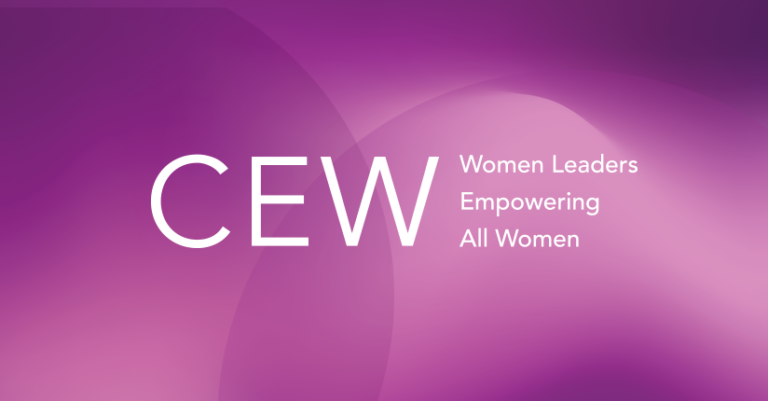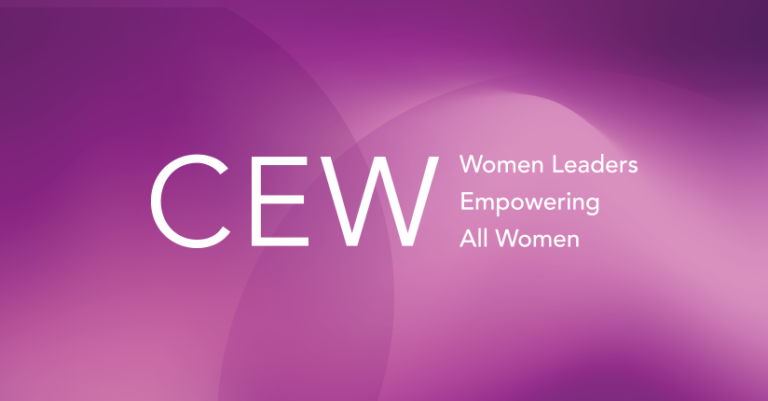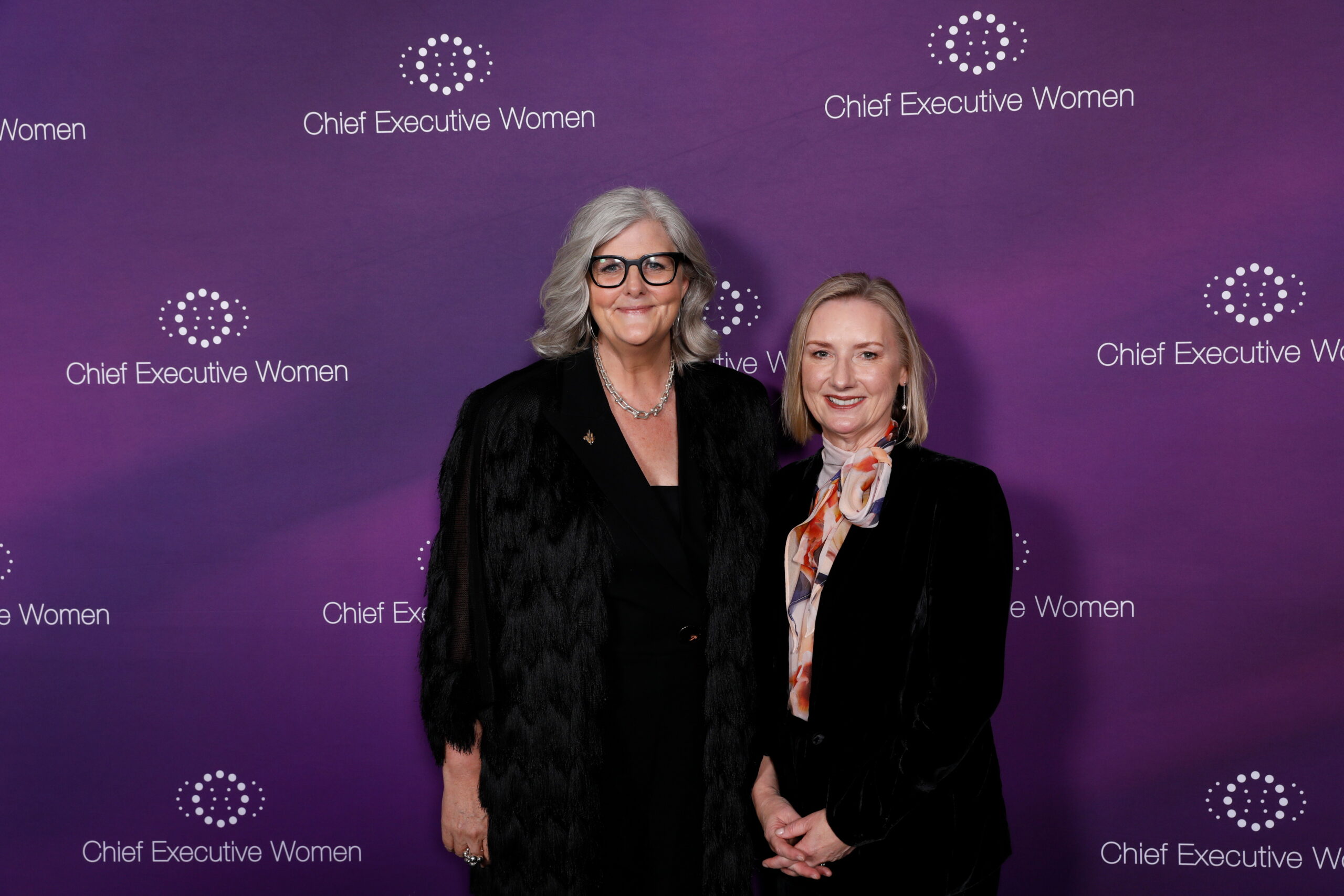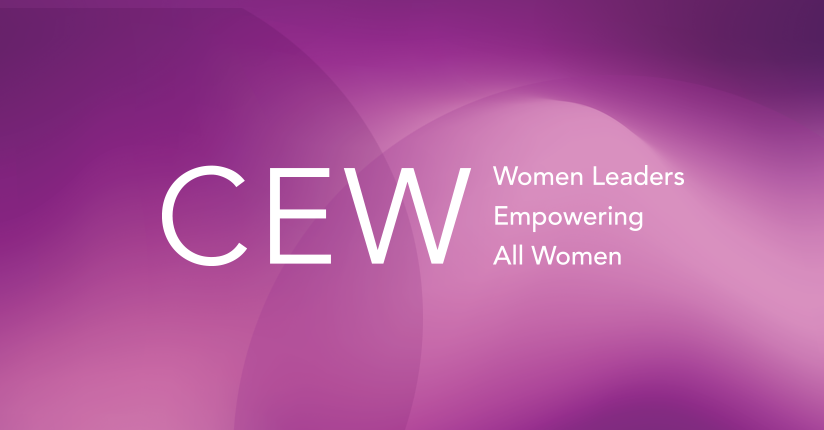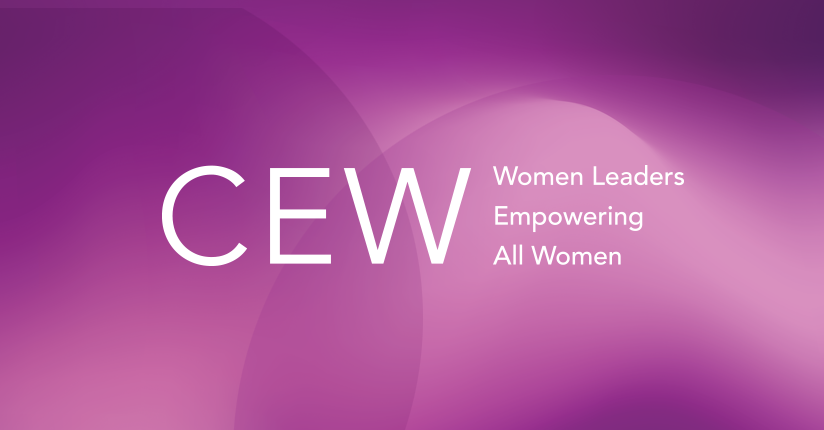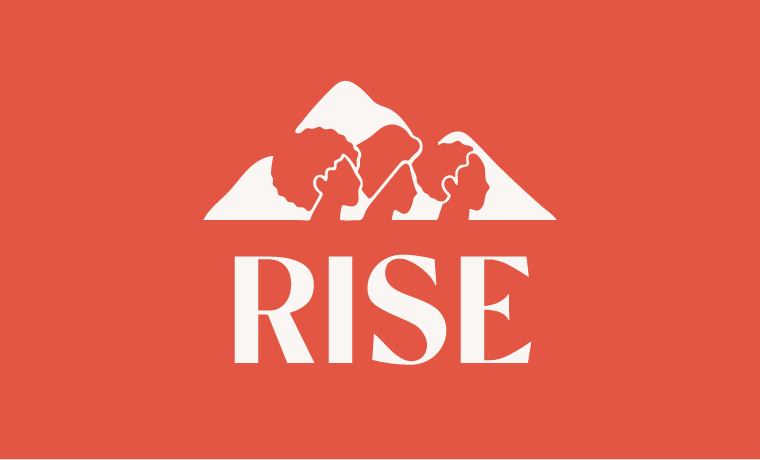To deliver CEW’s vision of women and men having equal social and economic choices and responsibilities, we must raise their voice and leverage the strength and influence of our diverse membership to create a movement for change. CEW’s Pre-Budget Submission to the Federal Budget 2021-22 offers practical solutions that will take into account the impact of COVID-19 and offer the opportunity to ‘Build Back Better’.
Download: CEW’s Pre-Budget Submission 2021-22
CEW sets out 5 key policy priorities for action in the 2021-22 Federal Budget:
- Invest in job creation for women and female dominated industries
- Enable women’s workforce participation through accessible Early Childhood Education and Care (ECEC)
- Strengthen women’s economic security into retirement
- Invest in women’s safety and wellbeing
- Embed a gender lens in the budget and policy process and ensure gender balance in decision-making spaces and structures
CEW’s recommendations
- Invest in job creation for women and female dominated industries
- Women are overrepresented in industries hardest hit by COVID-19; industries that have seen the most significant job losses
- Much of the investment in the October Federal Budget was concentrated in industries such as construction, energy and manufacturing
- The opportunity now is to prioritise investment in feminised sectors; grow job opportunities in female dominated sectors shown as vital to the continued function of our nation and economy, including retail, hospitality, tourism, administration, nursing, healthcare, disability/aged care, teaching and ECEC
- CEW calls on the Federal Government to invest and grow job opportunities:
- in female dominated sectors
- for Women in STEM through implementing key recommendations from the Women in STEM Decadal Plan
- Enable women’s workforce participation and progression through accessible ECEC
- Having affordable, accessible and quality ECEC will deliver real benefits by supporting families into work
- The Government needs to redress the current financial disincentives in the Child Care Subsidy (CCS) to secondary earners (primarily women)
- CEW recommends increasing the CCS to 95% for low income households (up to $80,000) and smooth the taper rate by decreasing consistently by 1% for every $4,000 additional income, until a floor of 30%
3. Strengthen women’s economic security into retirement
- The pending cessation of JobKeeper and reduction to JobSeeker payments will impact harshly on women’s workforce participation and income source
- CEW recommends JobKeeper be continued and expanded in 2021 FY for female dominated industries andJobSeeker payments be permanently increased to 2020 levels (based on income support reflecting household cost of living and an income floor set above the poverty line)COVID-19 has further weakened women’s economic security through job loss and loss of income thus exacerbating the superannuation gap
- The current superannuation system has an in-built gender bias, which assumes continuous work history, which is inconsistent with women missing out on crucial years of superannuation due to career breaks, often a result of child caring and raising
- CEW calls for the superannuation guarantee to be extended to the Commonwealth Paid Parental Leave scheme
4. Invest in women’s safety and wellbeing
- Family, domestic and sexual violence has consequences on women’s participation in work and leadership roles; it can cause disruption to employment and lower economic security
- Increasing Federal Government funding in appropriate services to support women is recommended through the delivery of the Fourth Action Plan of the National Plan to Reduce Violence against Women and their Children and development of a Second National Plan (announced March 2020)
5. Embed a gender lens in the budget and policy process and ensure gender balance in decision-making spaces and structures
- By embedding a gender lens in the budgetary process, the Government can identify how policies will impact women and girls and direct more coherent and strategic policy, whilst addressing gender equality
- Gender impact assessments will enable equal consideration of each half of the population before implementing support packages and responses
- Gender distribution analysis of all budget measures by the Parliamentary Budget Office (PBO) will allow departments to review and revise recommendations to deliver equitable outcomes for the community


